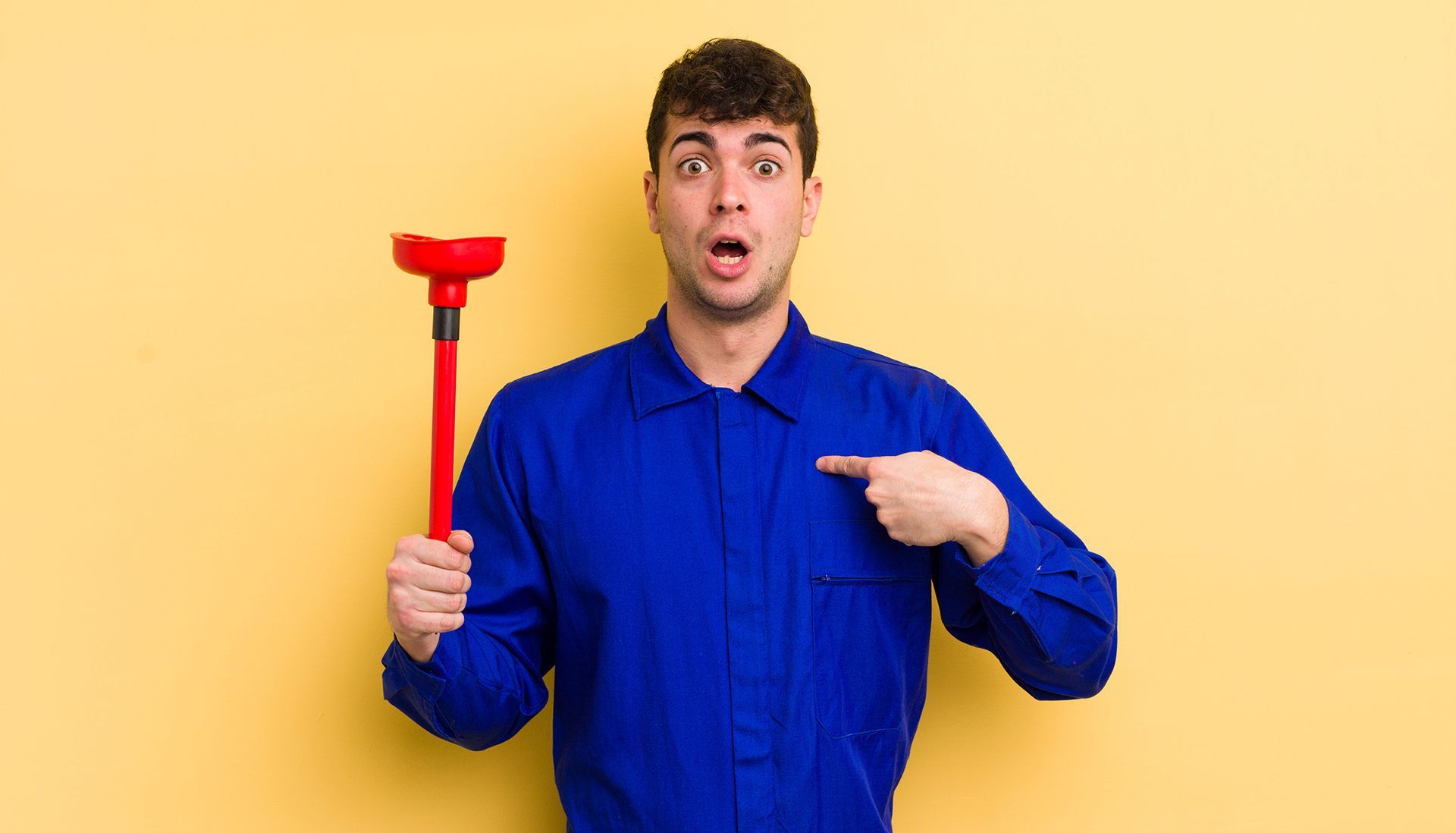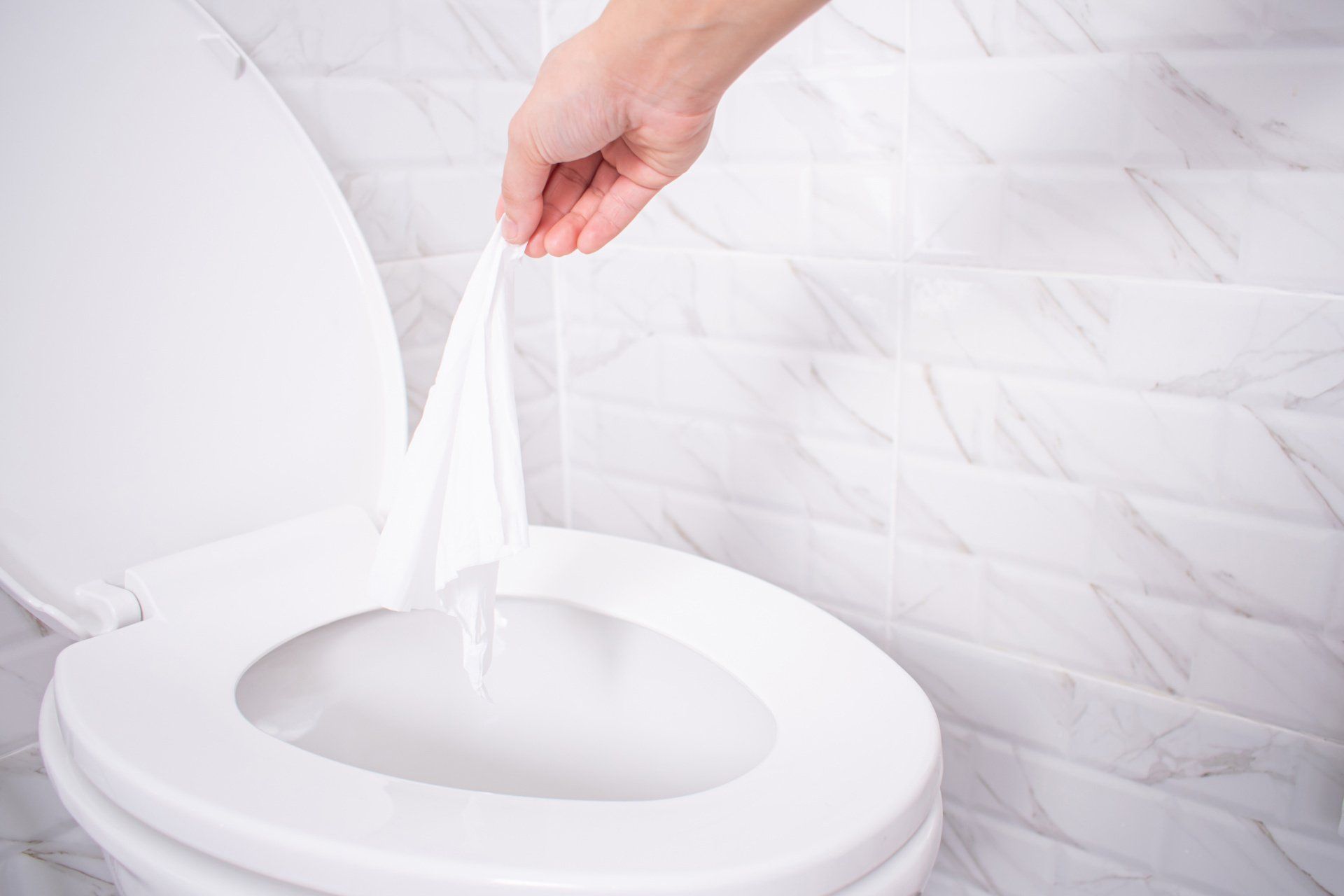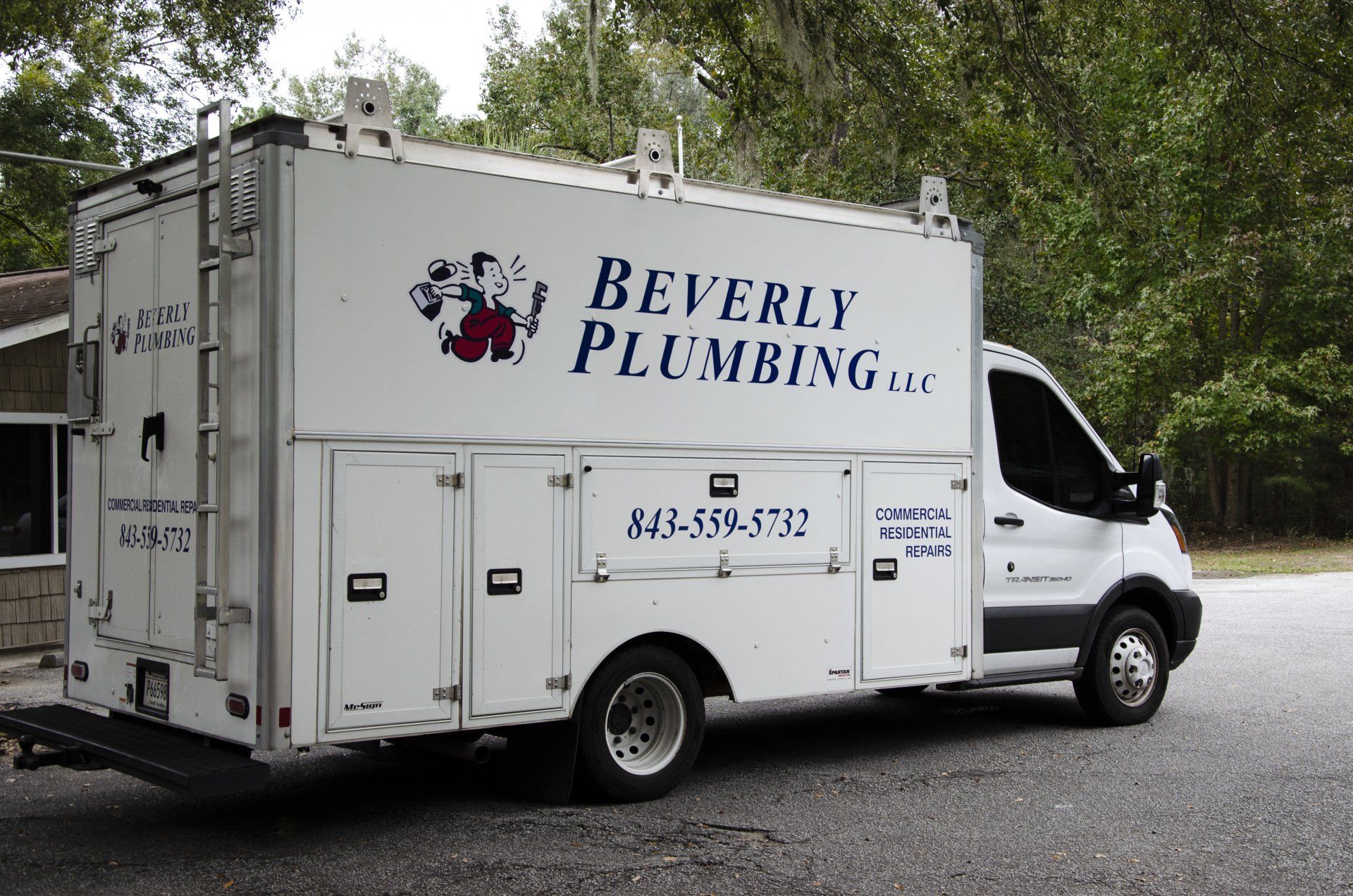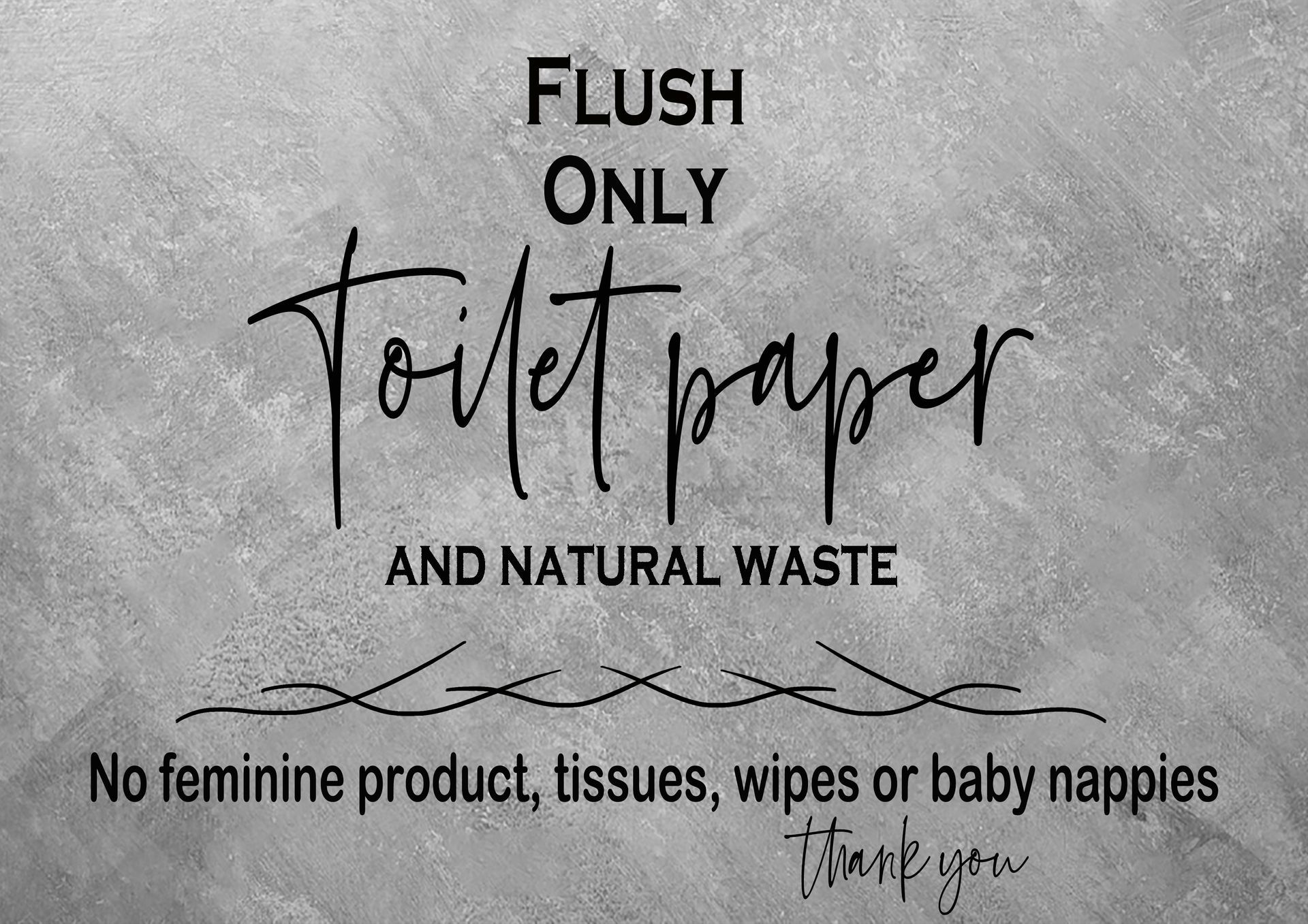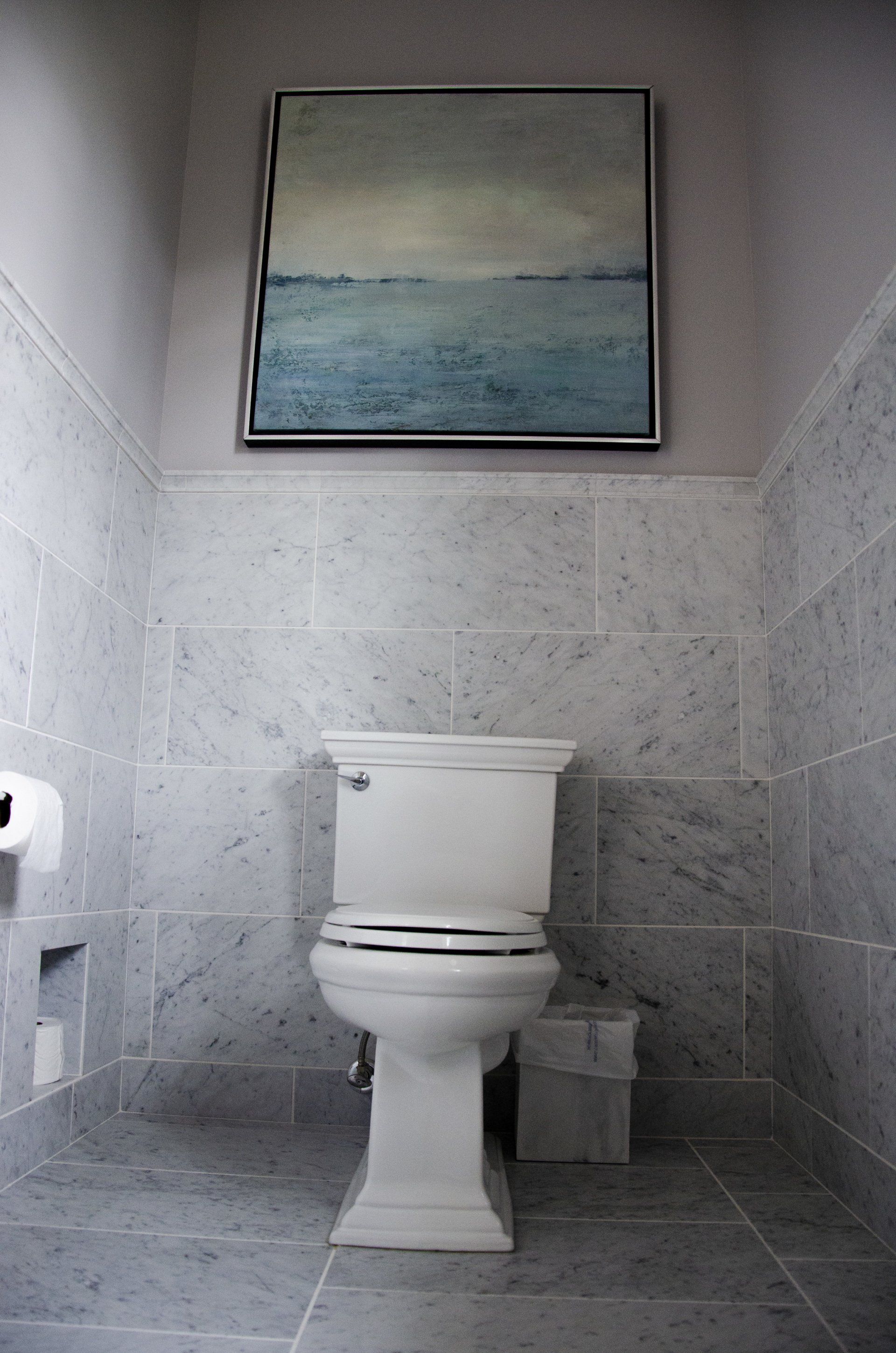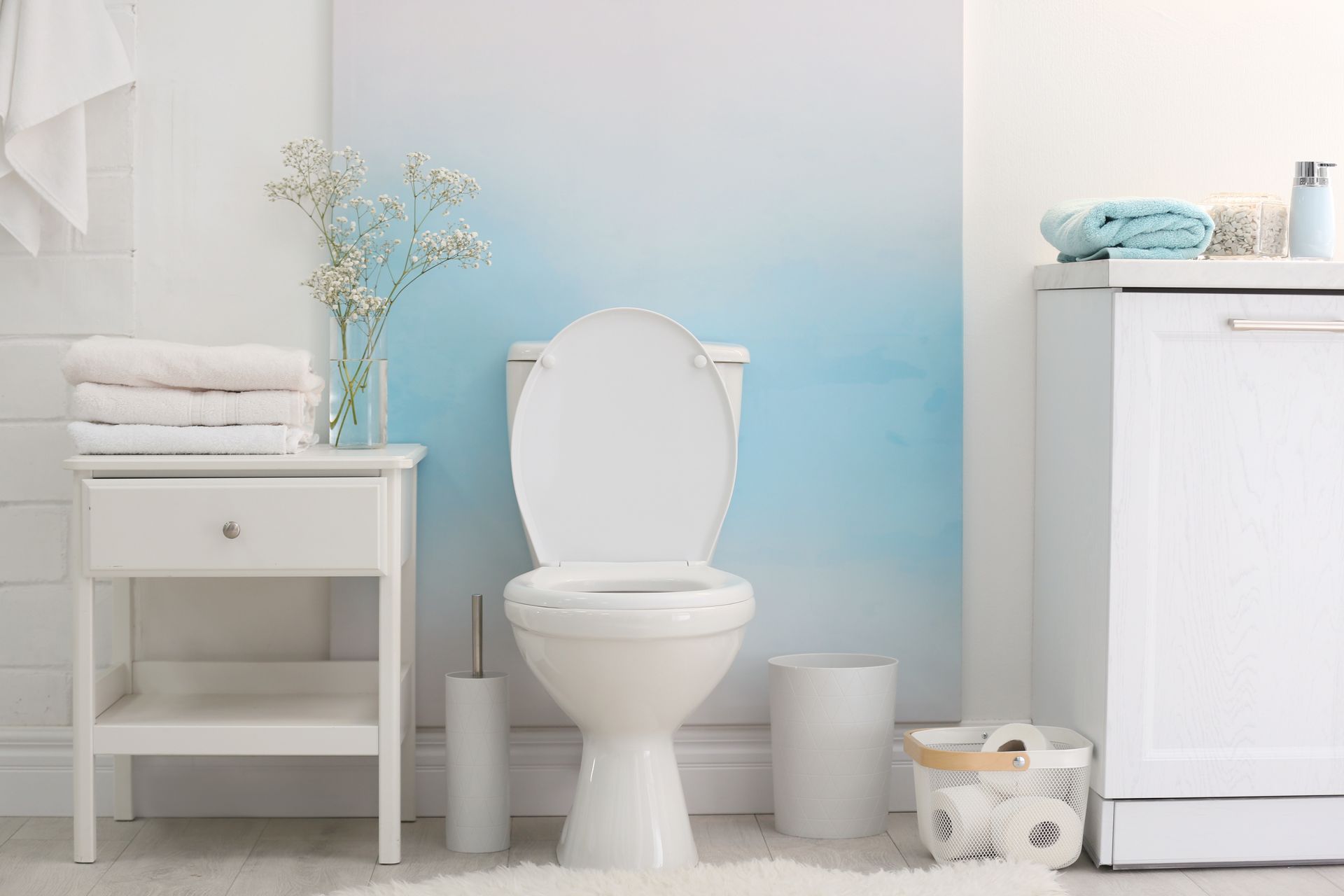Blog
Blog
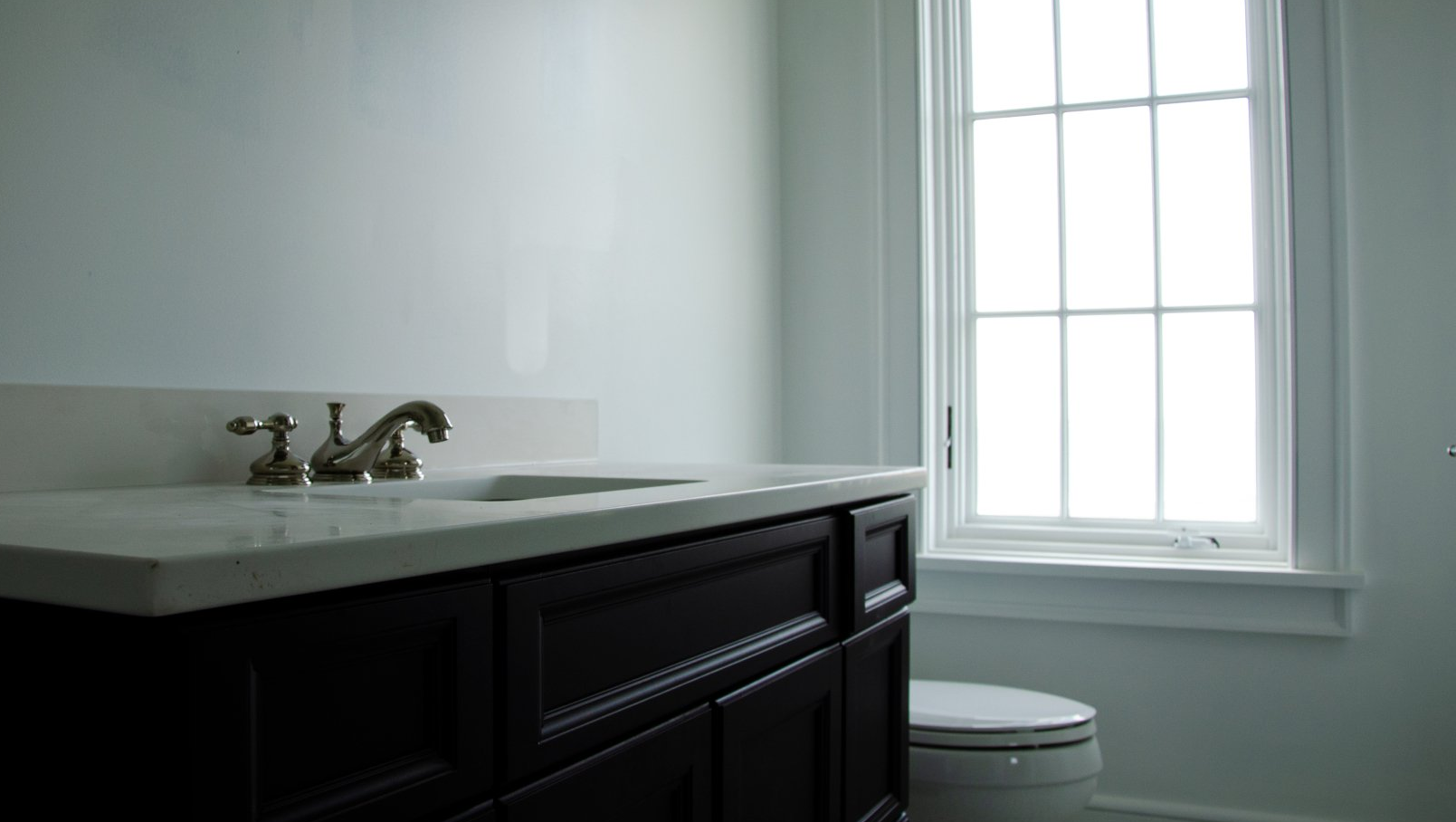
By Janet Beverly
•
07 Nov, 2023
In today's world, where environmental sustainability is becoming increasingly important, homeowners are seeking ways to make their homes more eco-friendly. While plumbin g may not be the first thing that comes to mind when thinking about energy efficiency, it plays a significant role in creating a greener home. In this blog post, we will explore energy-saving plumbing solutions that can help you reduce water waste, conserve energy, and make your home more environmentally friendly. I. Low-Flow Fixtures: One of the easiest and most effective ways to conserve water is by installing low-flow fixtures throughout your home. Low-flow faucets, showerheads, and toilets are designed to use significantly less water without sacrificing performance. These fixtures can reduce water consumption by up to 50% compared to traditional ones. Upgrading to low-flow fixtures is a cost-effective solution that not only helps the environment but also lowers your water bills. II. Water-Efficient Appliances: Another plumbing solution that can contribute to energy savings is opting for water-efficient appliances. Choosing appliances, such as dishwashers and washing machines, with a high Energy Star rating ensures that they use less water and energy with each use. These appliances are designed to operate efficiently while still providing excellent performance. Upgrading to water-efficient appliances not only reduces your environmental footprint but also helps you save on your utility bills in the long run. III. Efficient Water Heater: Your water heater can account for a significant portion of your overall energy consumption. To improve energy efficiency, consider installing a tankless or on-demand water heater. These systems heat water only when it is needed, eliminating the standby heat loss associated with traditional tank-style heaters. Tankless water heaters provide hot water on demand, reducing energy waste and ensuring you never run out of hot water. Additionally, insulating your water heater and pipes can further improve energy efficiency by minimizing heat loss. IV. Greywater Recycling: Greywater recycling is a sustainable plumbing solution that involves reusing water from sinks, showers, and laundry for non-potable purposes such as irrigation or toilet flushing. By diverting greywater, you can significantly reduce water consumption and minimize the strain on freshwater resources. Implementing a greywater recycling system requires professional expertise, but it can offer substantial long-term benefits for both the environment and your water bills. V. Rainwater Harvesting: Harvesting rainwater is an effective way to conserve water and reduce reliance on municipal water supplies. Installing rain barrels or a more elaborate rainwater harvesting system allows you to collect rainwater from your roof, which can then be used for outdoor irrigation or other non-potable purposes. Utilizing rainwater reduces the strain on municipal water sources during dry spells and contributes to water conservation efforts. VI. Regular Maintenance: Regular plumbing maintenance is essential for maximizing energy efficiency and preventing water waste. Inspect your plumbing system for leaks, dripping faucets, or running toilets and fix any issues promptly. These seemingly minor issues can waste significant amounts of water and increase energy usage over time. Conclusion: By implementing these energy-saving plumbing solutions, you can create a greener and more sustainable home while also reducing utility bills. Consulting with a professional plumber for advice on low-flow fixtures, water-efficient appliances, and other eco-friendly options tailored to your home's needs is highly recommended. Embracing these energy-saving plumbing solutions not only benefits the environment but also enhances your comfort, lowers your expenses, and contributes to a more sustainable future.
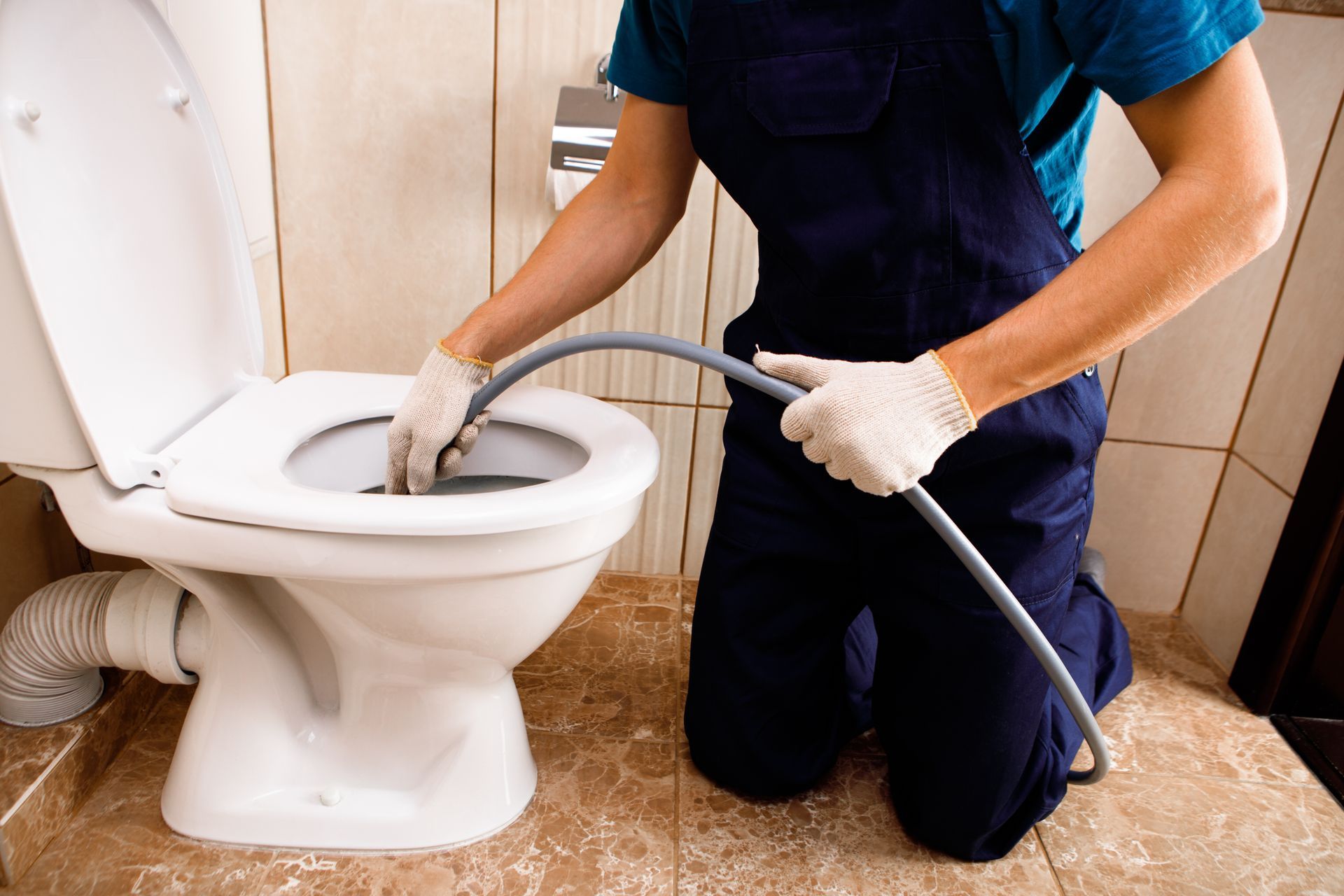
By Stingray Branding
•
05 May, 2023
There are common everyday products that some decide to flush down their toilet. You’ll often a sign in a public restroom that lists out items to not put in the toilet. There is an abundant list of items that should never be flushed, this article goes over a handful of every day and the most common ones.
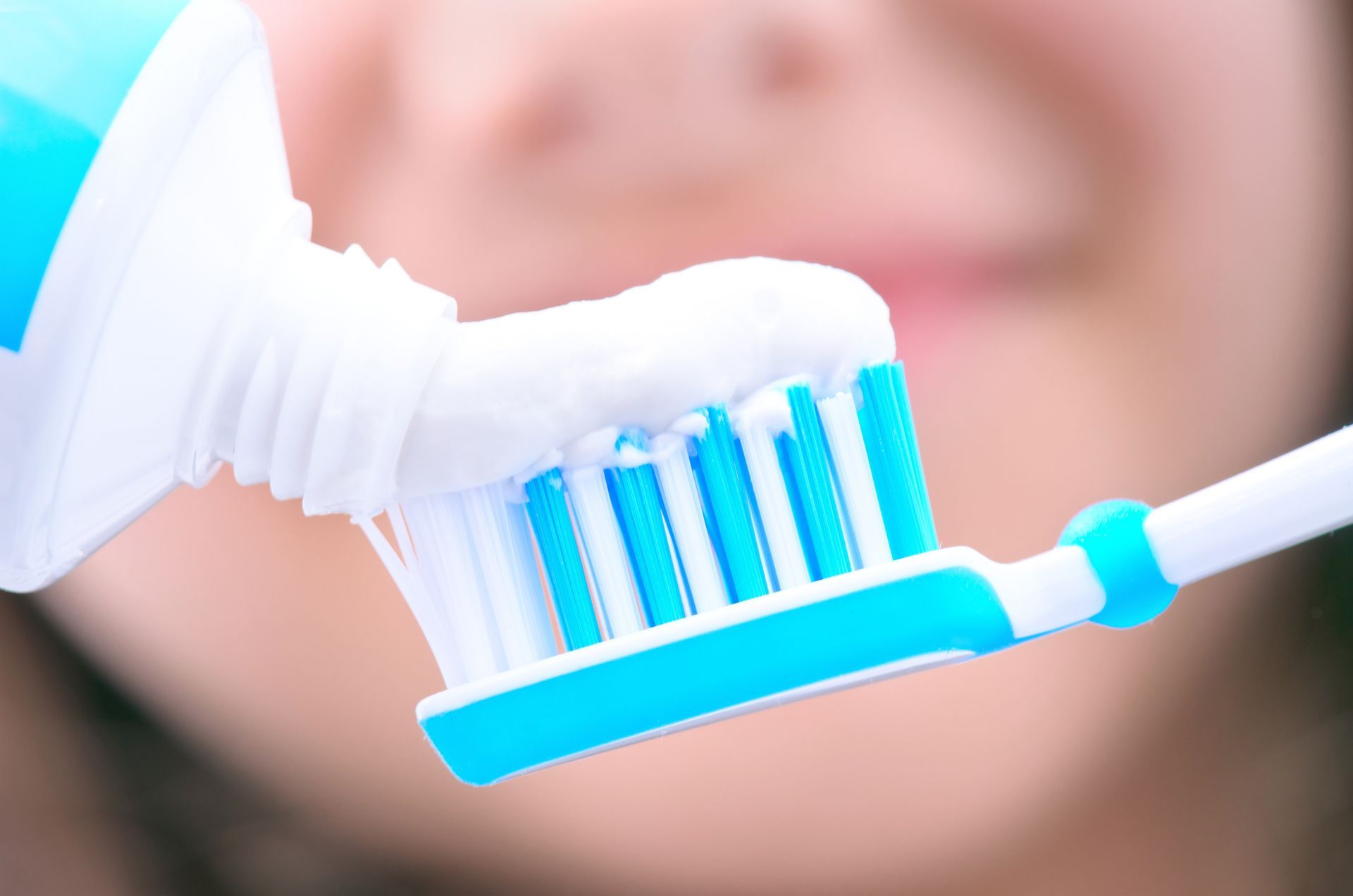
By Stingray Branding
•
22 Feb, 2023
There are many benefits to conserving water. Letting your water run while brushing your teeth may not seem like it has a big impact on water conservation. If you think about the two times you are supposed to brush your teeth every day seven days a week at 2-3 minutes at a time. the amount of water builds up. If you turn off your faucet while brushing your teeth you save on average 64 cups of clean drinkable water. Conserving water is important because although our earth is covered in 70% water, only 1% of it is drinkable and water is a limited resource. Conserving water is not only important for the environment but also beneficial to your finances. The less water you use, the less your water bill costs. Actively trying not to waste water while brushing your teeth is simple.
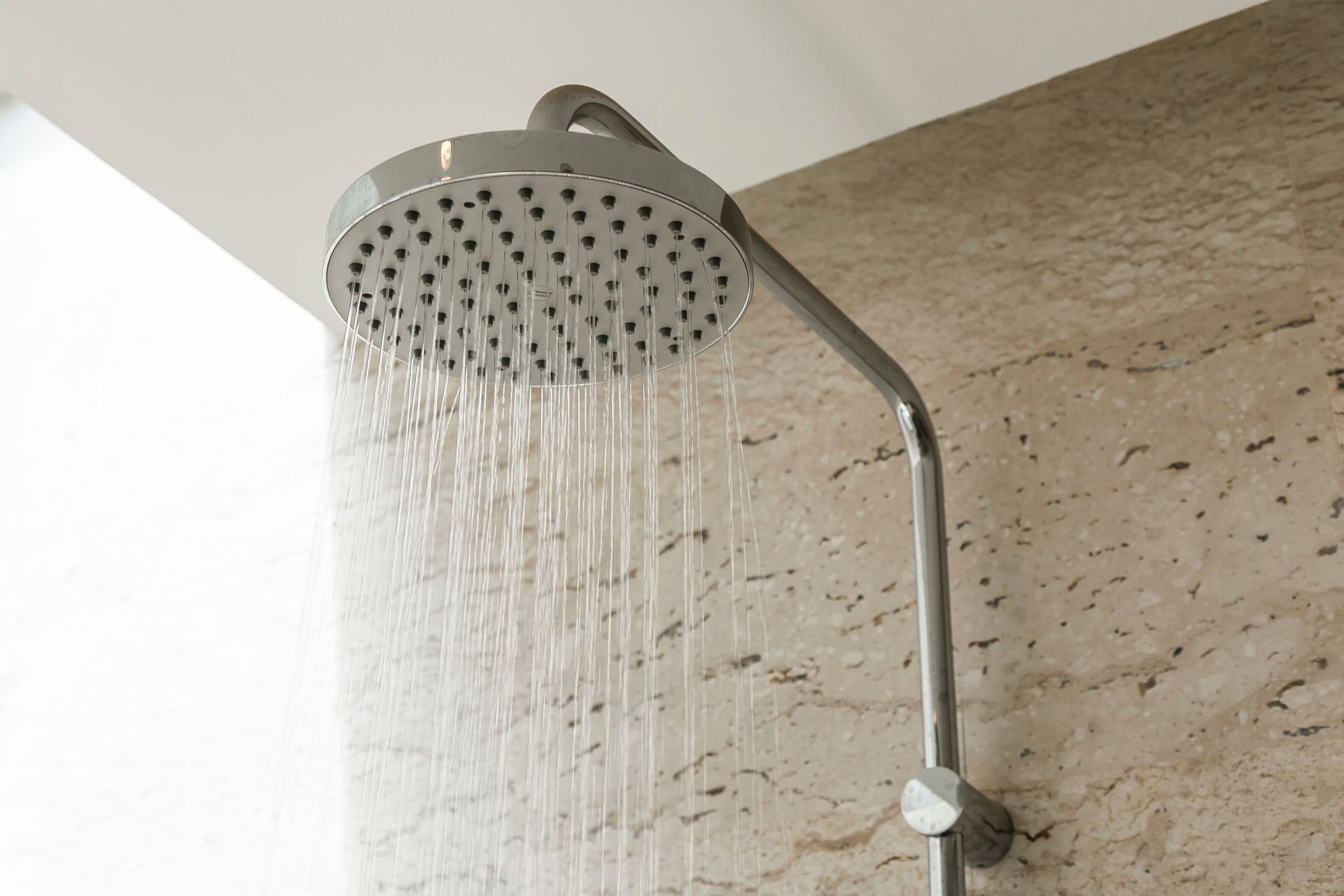
By Jaydee Wood
•
12 Jan, 2023
Poor water pressure can be frustrating. It can cause a less than steller shower, make washing dishes difficult, and flushing the toilet hard. Changes in water pressure may happen suddenly or gradually over time. Although it makes some time to figure out why you are having low water pressure, it is a fairly easy problem to fix and luckily inexpensive. First, Check Water Pressure Throughout the Entire House Is the pressure low throughout the entire house or is it isolated to one shower head or faucet? To find out you should buy a Water Pressure Gauge if you do not have one and attach it to a hose bib, like the one on an outdoor faucet. When you open the bib’s valve the gauge should read between 40 and 60 psi. If doesn’t the issue is probably throughout the entire home, and if it does the issue is probably isolated to the problem area. The Problem is Isolated If the problem is isolated either remove the shower head or the facet bib and see how much water collects in a bucket in 10 seconds. You should get a little over a gallon, and if you do your shower head or faucet bib are clogged. The Problem is Throughout the Entire House The first thing you should try is adjusting the pressure-reducing valve. Look on the main supply pipe near your water meter for a conical valve that has a bolt sticking out of the cone. Once you find the valve turn the bold clockwise after loosening the locknut to raise the pressure. Make sure you keep an eye on the gauge to make sure the pressure is within bounds, once you’ve raised the pressure then retighten the locknut. Lastly, if the adjustment doesn’t help, then the city or town’s water pressure is inadequate. Ask your neighbors and see if they are having issues. If their pressure is good then ask the water company to check the shutoff valve out by the street. If their water pressure is low as well a water pressure booster may need to be installed. This consists of an electric pump that feeds water to a tank that keeps the water at the desired pressure.
Recent Posts

By Janet Beverly
•
07 Nov, 2023
In today's world, where environmental sustainability is becoming increasingly important, homeowners are seeking ways to make their homes more eco-friendly. While plumbin g may not be the first thing that comes to mind when thinking about energy efficiency, it plays a significant role in creating a greener home. In this blog post, we will explore energy-saving plumbing solutions that can help you reduce water waste, conserve energy, and make your home more environmentally friendly. I. Low-Flow Fixtures: One of the easiest and most effective ways to conserve water is by installing low-flow fixtures throughout your home. Low-flow faucets, showerheads, and toilets are designed to use significantly less water without sacrificing performance. These fixtures can reduce water consumption by up to 50% compared to traditional ones. Upgrading to low-flow fixtures is a cost-effective solution that not only helps the environment but also lowers your water bills. II. Water-Efficient Appliances: Another plumbing solution that can contribute to energy savings is opting for water-efficient appliances. Choosing appliances, such as dishwashers and washing machines, with a high Energy Star rating ensures that they use less water and energy with each use. These appliances are designed to operate efficiently while still providing excellent performance. Upgrading to water-efficient appliances not only reduces your environmental footprint but also helps you save on your utility bills in the long run. III. Efficient Water Heater: Your water heater can account for a significant portion of your overall energy consumption. To improve energy efficiency, consider installing a tankless or on-demand water heater. These systems heat water only when it is needed, eliminating the standby heat loss associated with traditional tank-style heaters. Tankless water heaters provide hot water on demand, reducing energy waste and ensuring you never run out of hot water. Additionally, insulating your water heater and pipes can further improve energy efficiency by minimizing heat loss. IV. Greywater Recycling: Greywater recycling is a sustainable plumbing solution that involves reusing water from sinks, showers, and laundry for non-potable purposes such as irrigation or toilet flushing. By diverting greywater, you can significantly reduce water consumption and minimize the strain on freshwater resources. Implementing a greywater recycling system requires professional expertise, but it can offer substantial long-term benefits for both the environment and your water bills. V. Rainwater Harvesting: Harvesting rainwater is an effective way to conserve water and reduce reliance on municipal water supplies. Installing rain barrels or a more elaborate rainwater harvesting system allows you to collect rainwater from your roof, which can then be used for outdoor irrigation or other non-potable purposes. Utilizing rainwater reduces the strain on municipal water sources during dry spells and contributes to water conservation efforts. VI. Regular Maintenance: Regular plumbing maintenance is essential for maximizing energy efficiency and preventing water waste. Inspect your plumbing system for leaks, dripping faucets, or running toilets and fix any issues promptly. These seemingly minor issues can waste significant amounts of water and increase energy usage over time. Conclusion: By implementing these energy-saving plumbing solutions, you can create a greener and more sustainable home while also reducing utility bills. Consulting with a professional plumber for advice on low-flow fixtures, water-efficient appliances, and other eco-friendly options tailored to your home's needs is highly recommended. Embracing these energy-saving plumbing solutions not only benefits the environment but also enhances your comfort, lowers your expenses, and contributes to a more sustainable future.
Quick & Reliable
Don’t let that small problem turn into a crisis! Contact the team at Beverly Plumbing today!
© 2024
Beverly Plumbing LLC All Rights Reserved | Web Design by Stingray Branding

